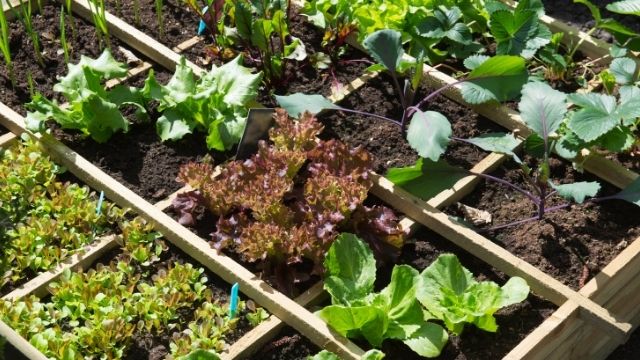Are you looking for the best vegetables in a small space like a kitchen garden, sack garden or containers like buckets. You can grow leafy vegetables for their edible leaves. They are rich in fiber, vitamins, minerals, and other healthy nutrients. You can consume them when they are cooked , steamed or raw in case of salads and extracted juices. But which are best ones to grow? This post has the best types of leafy vegetables grown in Kenya. In our list we have included
They are fit for a small kitchen garden or a big farm. The list includes African vegetables and other exotic cultivars introduced in the country. You can grow them for self-consumption or target the domestic and export markets. It is suitable for city or rural farming. You can grow them for food in backyards, container or kitchen gardens. Intensive commercial farmers can do it in greenhouses, indoors or irrigated open fields.
In this section of the article we focus on the best types of vegetables grown in Kenya. They are:
Kales (Sukuma wiki)
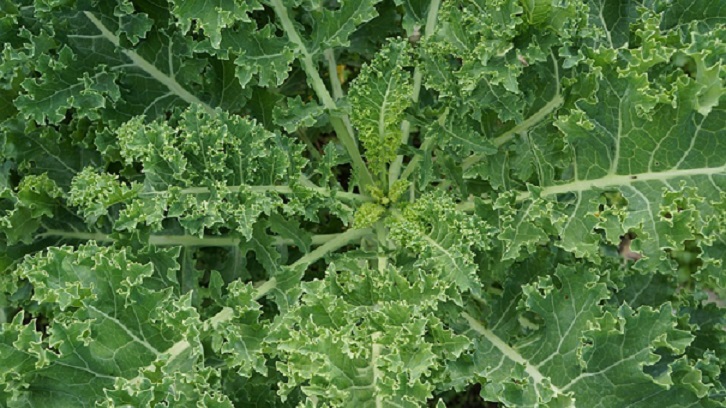
Kales are commonly known as “Sukuma wiki” in Kenya. Kales are headless vegetables of the cabbage family. Its leaves can either be plain or curly depending on the cultivar variety. It’s one of the most profitable vegetable dish and very popular in green grocers. As an annual crop, you will harvest its mature lower leaves progressively as the stem grows high.
Collard leaves or kales are part of the cruciferous family, same as broccoli and cabbages You can grow them for they are rich in vitamins A, B1, B2, B3, B6, C and K. collard leaves are rich in healthy fibre, iron, calcium and proteins among other nutritional benefits. Collard leaves are best prepared by steaming chopped leaves of not more than half an inch. When cooled, the steamed collard greens compliments with various dishes.
To prepare kales, wash them with clean water to remove soil, snails, and insecticide residues. Remove the tough stems and slice leaves into even pieces for uniform and fast cooking. You can eat “Sukuma wiki” raw in salads or cooked in a variety of recipes including poultry, meat, potatoes and beans dishes. Fresh Kales juice is also a nice delicacy prepared from tender leaves using a mechanical juicer machine. Since kales leaves are a perishable product, add their value through blanching and drying processes for storage and longer shelf life.
Spinach
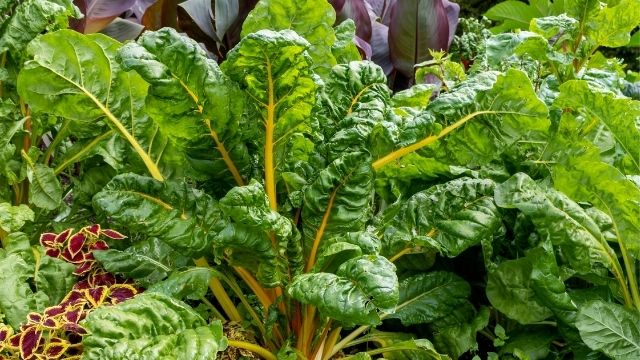
This leafy vegetable is in the Chenopodiaceae family. It is closely related to beets and chard. You can serve spinach leaves when raw or cooked. It has many recipes and you can add it into pastes, soups, flatbread and sandwiches. You can also extract its juice and drink it as herbal tea. You can market the fresh leaves directly from your farm or add its value before marketing. Value addition processes of spinach include canning, freezing, drying, dehydrating and packaging spinach products.
Spinach is a rich source of manganese, calcium, potassium magnesium, iron and vitamins A, B2, B6, B9, C, E and K.
Swiss chards are Similar in features and nutrients with spinach. Its distinct feature is that it has darker green leaves with edible stalks. You can harvest the young leaves to prepare a vegetable salad. Older chard leaves are rougher and hard textured, hence more suitable for cooking.
Cabbages
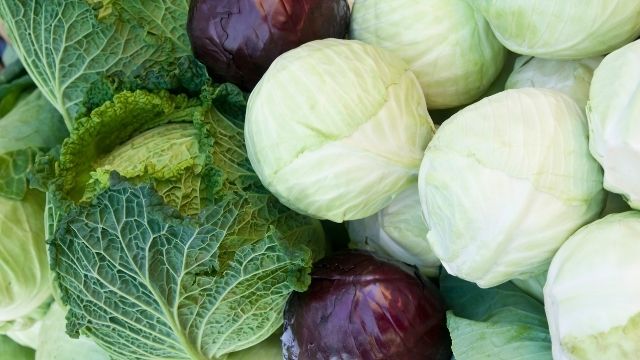
Similar to collard greens and kales, cabbages belong to the cruciferous family. The outstanding cabbage feature is their globular (ball) shape head that consists closely clustered leaves to make a round shape. Grow your cabbages till they have attained a medium size with a compact firmness and weight. You can eat cabbages raw in salads, pickled, in stews and soups.
In Kenya, there are many cabbage varieties you can grow for sale including the green, purple, red or Chinese cabbages. For higher profitability in cabbage farming, time your harvest period to coincide with the festive December holiday season or the dry spell period of January to March. At this period, you will fetch the highest price of up to Ksh 50 for a single head. On the downside, you will incur a high cost of production for irrigating and spraying farm chemicals.
Traditional Vegetables
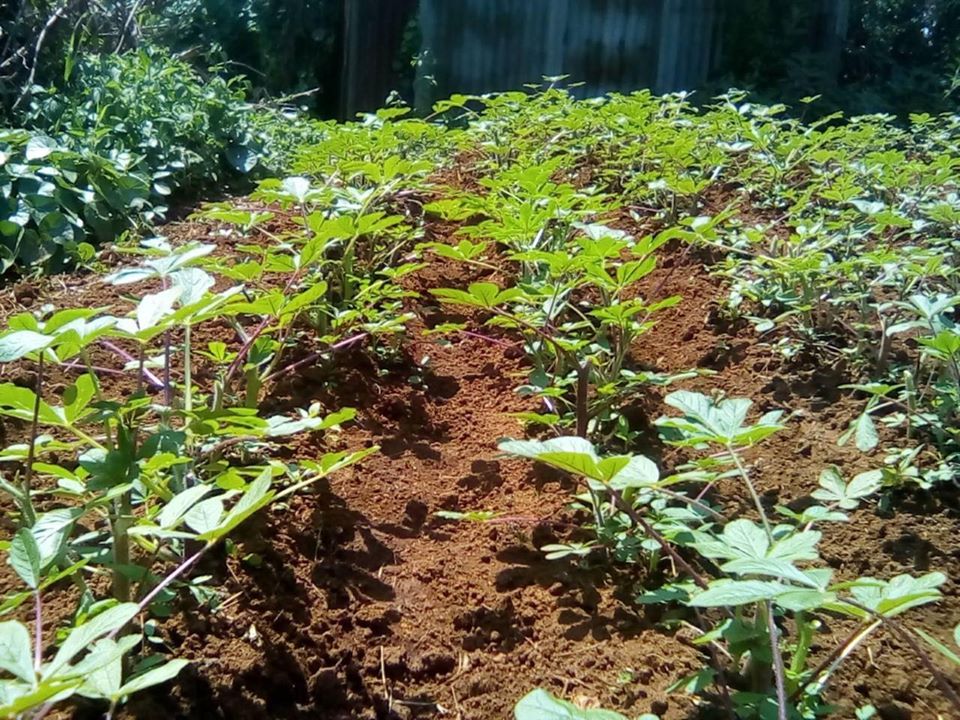
The African leafy vegetables like managu, Terere and Kunde have a high and ready demand in all urban markets. This demand is associated with their high dietary, nutrient and medicinal properties. Those “kienyeji” or indigenous vegetables are a common delicacy and usually served with Kenya’s popular dishes like the cornmeal or “Ugali” at home and fast food joints.
These traditional African vegetables include “Managu”, “Terere”, “Mito”, “Saget”, “Kunde”, “malenge” and “Mrenda” among others.
Traditional vegetables are popular among health-conscious consumers looking for healthy and organically grown green vegetables. This has made growing African leafy vegetables a profitable agribusiness idea for people with small farming parcels. Since they mature in 3 months you can have 3-4 seasons per year.
Spicy Herbs
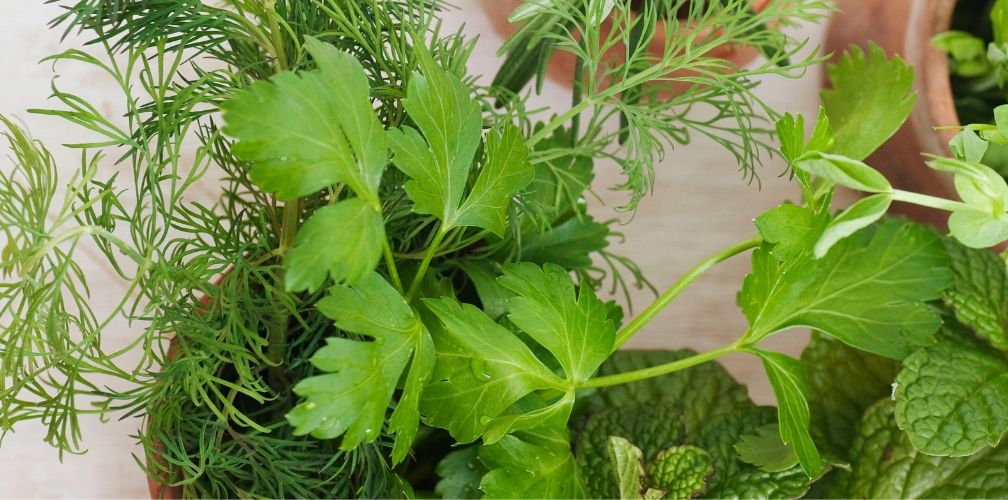
Aromatic herbs and spices have a growing demand and popularity in Kenya. You can grow them for self-consumption and marketing in the local and export markets. We grow them for their rich medicinal and nutritional values. They include rosemary, mint, chia, chive, thyme, sage, tarragon, Mellisa, dill and basil.
These herbs fetch higher prices compared to conventional vegetables and other food crops like maize. This makes them a profitable cash crop for farmers with limited land spaces. Their selling price and return on investment being higher, you can grow them intensively in a greenhouse and in indoor farming such as hydroponics.
Benefits of growing your own vegetables at home?
One may ask why you need to grow leafy vegetables in Kenya? The following list has a summarize of five nutritional and financial reason why you need to grow leafy vegetables.
- High-value crops given their high nutritional and medicinal properties.
- A readily available market. vegetables have a high demand and are a popular dish in most households, fast-food joints and high-end restaurants.
- Highly profitable. Greens have a short maturity period of about three months allowing you 3-4 seasons per year.
- Suitability to grow in various environments. You can grow green vegetables in an open field, greenhouses, containers, boxes and backyards. Apartment dwellers, commercial urban farmers and smallholder farmers in rural areas can farm them profitably.
- Vegetable farming is easy to establish and cheap to maintain as a profitable farming business.
Conclusion
Leafy or green vegetables are high-value crops given their rich medicinal, dietary and nutritional properties. It’s for these reasons you should grow them for self-consumption to enrich your diets and commercially to make extra cash. Leafy vegetable farming is profitable given their short maturity periods of about three months cycle. This allows you to farm around three-four seasons per year unlike other food and cash crops. Leafy vegetables grow suitably in various environments and can be grown by urban farmers, smallholder rural farmers and agribusiness men in a variety of farming methods such as containers, greenhouses and open field.
